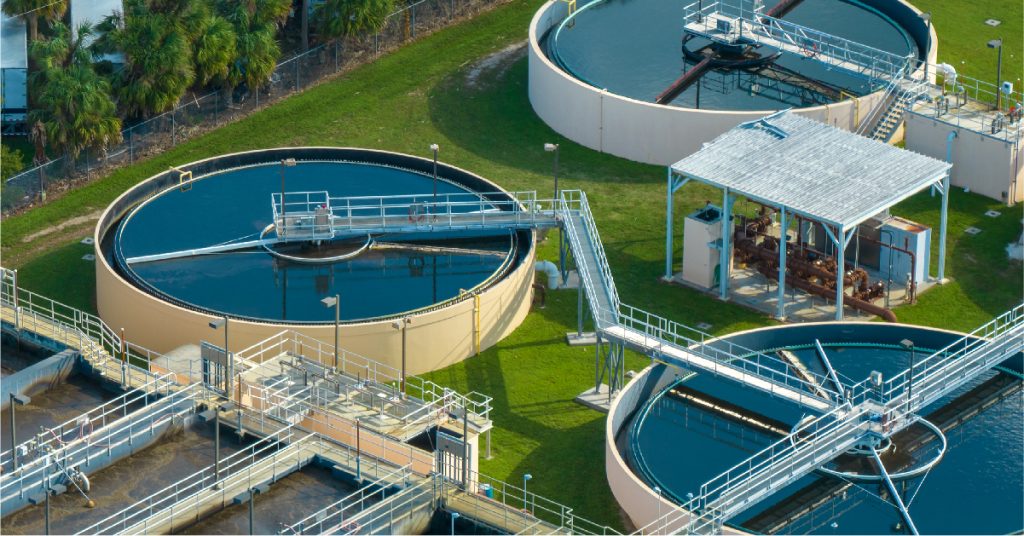Water pollution is one of the most pressing environmental issues of the 21st century. Industrial growth, while essential for economic development, has contributed significantly to the contamination of rivers, lakes, and groundwater. The need to balance development with sustainability has brought advanced wastewater treatment technologies into focus. At the center of this effort lies the effluent treatment plant process, a critical solution that protects waterways, conserves resources, and ensures compliance with environmental regulations.
Table of Contents
ToggleUnderstanding the Effluent Treatment Plant Process
The effluent treatment plant process refers to a series of steps designed to remove pollutants from industrial wastewater before it is released into the environment or reused. Different industries—from textiles and pharmaceuticals to chemicals, food, and paper—generate wastewater containing organic matter, heavy metals, chemicals, and suspended solids. Without treatment, this effluent would pollute water bodies, harm aquatic life, and pose risks to human health.
By employing physical, chemical, and biological methods, effluent treatment plants (ETPs) ensure that wastewater is treated effectively to meet national and international standards.
Key Stages of the Effluent Treatment Plant Process
The effluent treatment plant process typically involves four stages, each addressing specific contaminants:
- Preliminary Treatment
Large solids, grit, and debris are removed using screens and sedimentation tanks. This step prevents damage to downstream equipment. - Primary Treatment
Physical methods like sedimentation separate suspended solids and reduce turbidity. Oils and grease are skimmed off the surface. - Secondary Treatment
Biological processes—either aerobic or anaerobic—break down organic matter. Microorganisms consume pollutants, converting them into harmless byproducts. - Tertiary Treatment
Advanced methods such as filtration, activated carbon treatment, reverse osmosis, and disinfection ensure water meets strict quality standards. At this stage, heavy metals, nutrients, and pathogens are eliminated.
The treated water can then be safely discharged into rivers and oceans or reused for industrial processes, cooling, and even irrigation.
Why the Effluent Treatment Plant Process is Vital?
1. Protecting Waterways
By removing harmful pollutants, ETPs prevent untreated wastewater from reaching rivers and lakes. This protects aquatic ecosystems, biodiversity, and communities that depend on these water sources.
2. Conserving Freshwater
Industries that adopt recycling and reuse through the effluent treatment plant process reduce their dependence on freshwater sources. This is particularly important in water-scarce regions.
3. Ensuring Regulatory Compliance
Most countries, including India, Bangladesh, and the UAE, have strict laws governing effluent discharge. A reliable treatment process ensures compliance with these regulations, avoiding penalties and reputational damage.
4. Reducing Health Risks
Pollutants like heavy metals, chemicals, and pathogens pose severe risks to human health. Treating effluent before release reduces these hazards and ensures safer communities.
5. Supporting Sustainability Goals
Adopting an ETP demonstrates an industry’s commitment to sustainability. It helps reduce environmental footprints while aligning with global goals such as the UN’s Sustainable Development Goals (SDGs).
Effluent Treatment and the Circular Economy
The effluent treatment plant process contributes to the circular economy by transforming wastewater into a resource rather than waste. Treated effluent can be reused in cooling towers, boilers, and cleaning processes, while sludge can be further processed for energy recovery or as a soil conditioner. This reduces waste generation, conserves resources, and improves operational efficiency.
INDION ETP by Ion Exchange: Efficient and Compact Effluent Treatment Plant
The INDION Rice Mill Effluent Treatment Plant (ETP) is a compact, efficient solution designed by Ion Exchange to manage effluent from rice mills across a wide range of capacities—25 to 250 KLD—while withstanding shock loads of up to 20%. This effluent treatment plant begins with flow equalization, ensuring consistent inlet conditions. The effluent is then processed through primary treatment to remove suspended and floatable solids, followed by biological treatment for organic matter reduction. The ETP concludes with tertiary polishing via chlorination and filtration, producing high-quality treated effluent. It minimizes chemical usage and maintenance needs, generates low volumes of sludge, and significantly reduces energy consumption and operational costs. The system is ideal for easy upgradation and integration with existing wastewater infrastructure.
The Future of Effluent Treatment
As industries expand, the demand for efficient and cost-effective ETPs is growing. Modern plants now incorporate automation, IoT-based monitoring, and energy-efficient designs to optimize operations. Membrane technologies, zero liquid discharge (ZLD) systems, and advanced oxidation processes are making the effluent treatment plant process more reliable and sustainable than ever before.
Conclusion
The effluent treatment plant process is not just a compliance requirement—it is an environmental necessity. By treating industrial wastewater before discharge, it safeguards rivers, lakes, and oceans, while also conserving freshwater resources. For industries, it ensures compliance, reduces health risks, and supports sustainability initiatives. For communities and ecosystems, it ensures cleaner, healthier waterways.







